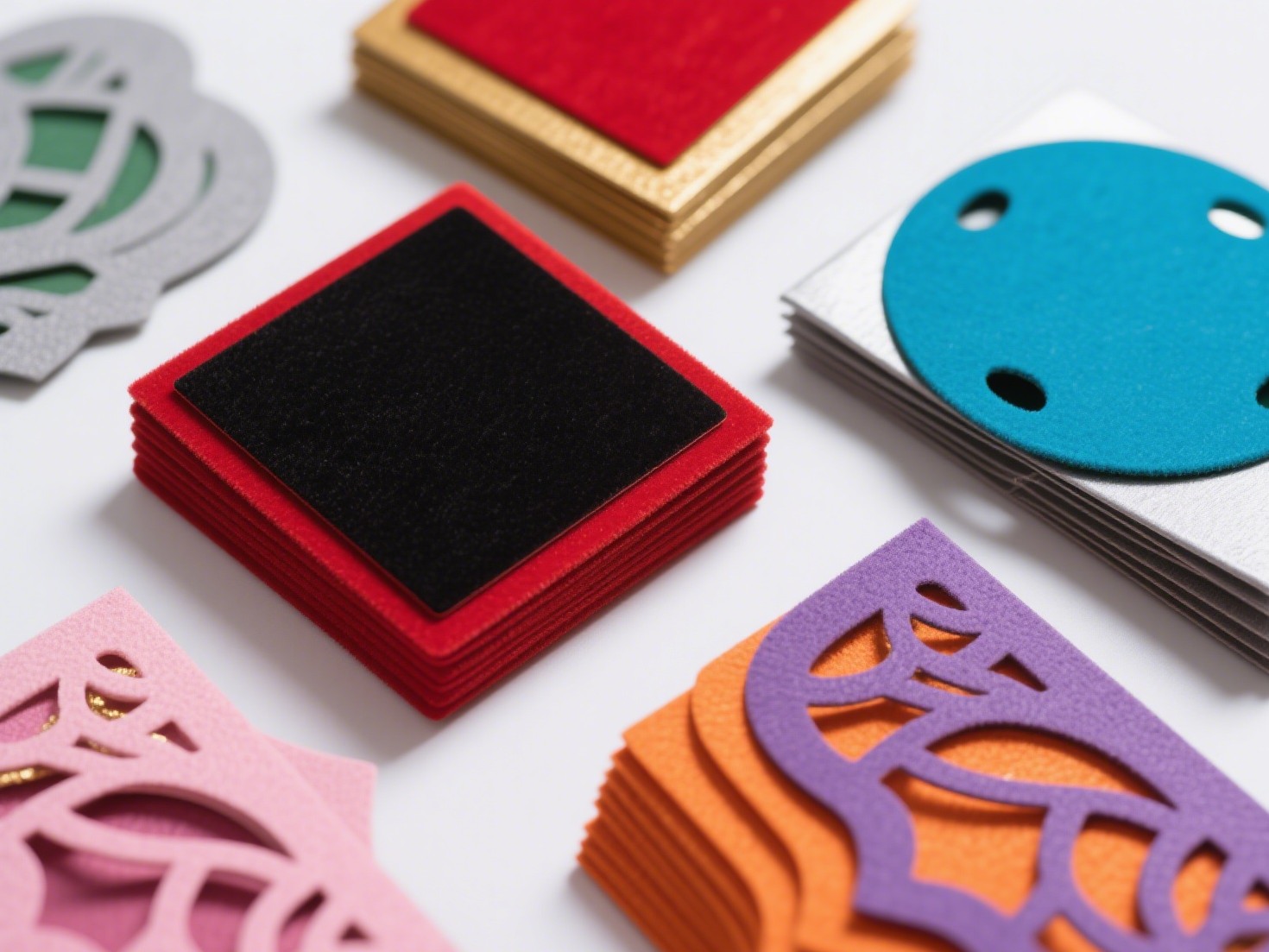When it comes to electronics, soldering is an essential skill that can make or break your projects. Whether you're a hobbyist, a DIY enthusiast, or a professional technician, the quality of your soldering iron can significantly impact your work. But with a plethora of options available, how much should you really spend on a soldering iron? This article delves into the factors that influence the cost of soldering irons and offers guidance on making an informed investment.
Understanding the Basics of Soldering Irons
Before we dive into pricing, it's crucial to understand what a soldering iron is and its various components. A soldering iron is a hand tool used to melt solder, allowing for the joining of electronic components. The basic components of a soldering iron include:
- Heating Element: This is the core of the soldering iron, responsible for generating heat. The quality and efficiency of the heating element can affect the iron's performance.
- Tip: The tip is the part that comes into contact with the solder and components. Tips come in various shapes and sizes, affecting the precision and type of work you can perform.
- Temperature Control: Some soldering irons offer adjustable temperature settings, which can be crucial for different types of solder and components.
- Ergonomics: A well-designed handle can reduce fatigue during prolonged use, making it an important consideration for professionals.
Price Ranges: What to Expect
Soldering irons can range from as low as $10 to over $300. Here's a breakdown of what you can expect at different price points:
- Budget Options ($10 - $30): These soldering irons are typically basic, with limited features. They may lack temperature control and come with a single, generic tip. While they can be suitable for occasional use or simple projects, they may not provide the reliability or precision needed for more complex tasks.
- Mid-Range Options ($30 - $100): In this range, you’ll find soldering irons with better build quality, adjustable temperature settings, and interchangeable tips. These are ideal for hobbyists and semi-professionals who require more versatility and reliability in their work.
- Professional Grade ($100 - $300+): High-end soldering stations fall into this category. They often feature advanced temperature control, digital displays, and multiple tips designed for various applications. These tools are built for heavy use and are favored by professionals who require precision and consistency.
Factors Influencing Your Investment
When deciding how much to spend on a soldering iron, consider the following factors:
- Frequency of Use: If you plan to solder frequently, investing in a higher-quality soldering iron will pay off in the long run. A durable, reliable tool will save you time and frustration.
- Type of Projects: For simple projects, a budget soldering iron may suffice. However, if you’re working on intricate electronics or delicate components, a more advanced model with temperature control and precision tips is advisable.
- Skill Level: Beginners may benefit from a mid-range soldering iron that offers a balance of features and ease of use. As your skills improve, you might want to upgrade to a more professional tool.
- Brand Reputation: Established brands often provide better warranties and customer support. Investing in a reputable brand can ensure you receive a quality product.
Additional Considerations
- Accessories: Don’t forget to budget for essential accessories such as solder, a soldering iron stand, and a cleaning sponge. These items can enhance your soldering experience and improve the longevity of your tool.
- Safety Features: Look for soldering irons with safety features like automatic shut-off or heat-resistant handles, especially if you’re a beginner.
- User Reviews: Research user reviews and ratings to gauge the performance and reliability of different models. This can provide valuable insights beyond the specifications.
Conclusion: Making the Right Choice
Ultimately, the amount you should spend on a soldering iron depends on your specific needs, frequency of use, and the complexity of your projects. While it may be tempting to opt for the cheapest option, investing in a quality soldering iron can significantly enhance your soldering experience and the quality of your work. Whether you choose a budget model or a professional-grade soldering station, ensure that it aligns with your requirements and skill level. By making an informed decision, you’ll be well-equipped to tackle any soldering project with confidence.



+ There are no comments
Add yours